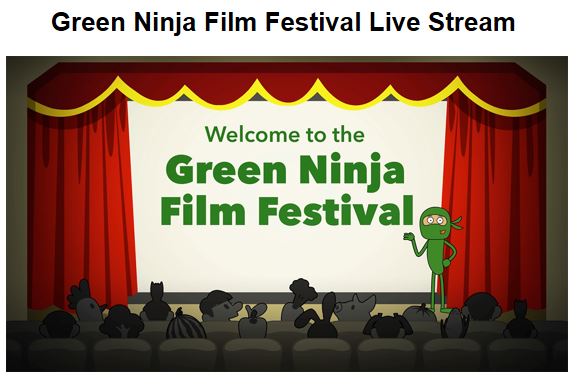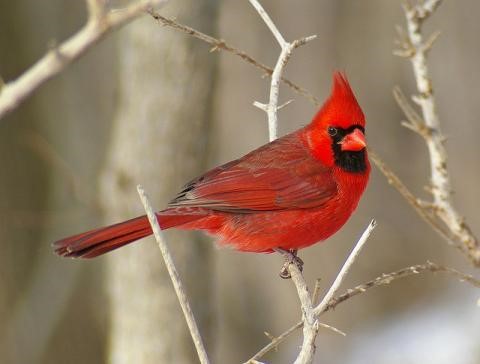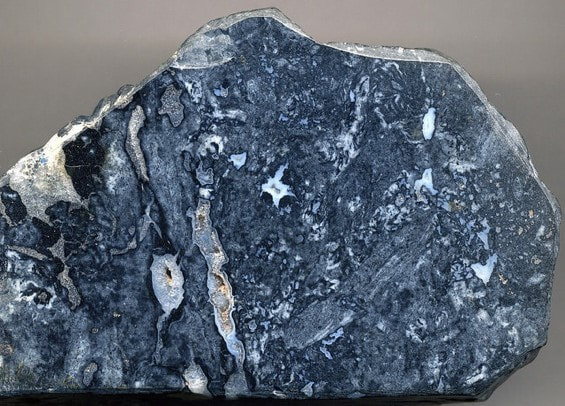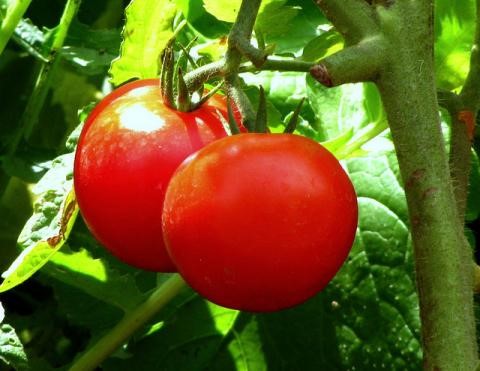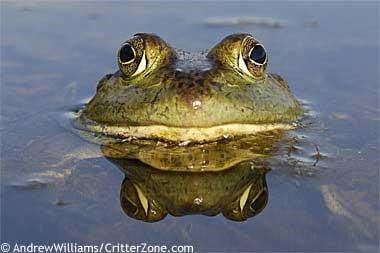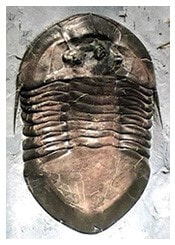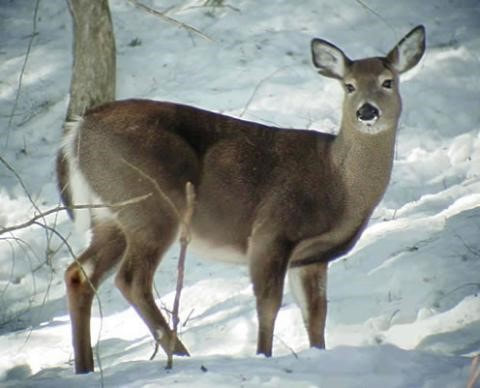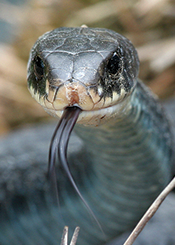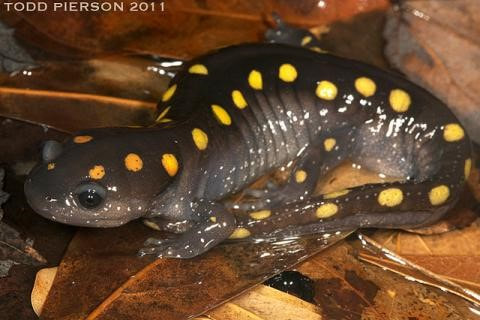|
As schools transition to remote learning for the rest of the school year, Green Ninja has a great end-of-the-year project to help students apply the science they've learned in a fun and rewarding way. Students can create science-themed films about environmental solutions and submit their work to the Green Ninja Film Festival. Teachers can use our story and filmmaking lessons to prepare students to make their films and to improve students' communication skills. The Film Festival will be judged by scientists and artists and the winning films will be screened at our virtual event.
What is it? The Green Ninja Film Festival (GNFF) encourages young adults to create films about environmental solutions. The program started as a research study in 2013 supported by NSF to increase student agency in science through filmmaking and storytelling. After seeing positive results in the community, teachers requested a film festival every year since then. This year, we are opening the festival up to anyone affected by COVID-19 as this would provide a great end-of-the school year experience! Entry into the film festival requires a short film accompanied by a digital portfolio that includes justification of the underlying science in the film as well as audience analysis. Judges will select the winners based on the film and digital portfolio. These elements help provide focus on school-based science while also giving students the full freedom to use their imagination to design the types of films they think will be impactful to their audience. Who can participate? Everyone! All teachers and parents are welcome to have their students submit their own films to the festival. Having students create their own environmentally themed films is a great project that can be completed at home. We have mainly focused in middle and high schools, but we welcome elementary student films as well! What resources do you provide? For teachers and parents who want to use our lessons, you may access them here. We've curated 5 lessons from our Grade 6 unit on Scientific Storytelling that include the following:
Submission Requirements To submit to the Green Ninja Film Festival, please submit your materials to [email protected].
Where: Comfort of your own home Attire: Formal pajamas Links to the live online event will be sent to finalists and provided on the blog post here. Thank you so much for participating in this year's Green Ninja Film Festival! We're excited to see what students create!
0 Comments
While we have shared some native plants that serve as Ohio Symbols, there are still more! You probably already know some of them, even if you don’t realize it. Has anyone ever called you a “Buckeye”? That term is a reference to the State Tree of Ohio, the buckeye tree featured in our last blog. Let’s take a look at a few more of our state’s symbols!
|
Details
Author:
|
|
|
Contact:PHONE: (513) 695 - 1337
EMAIL: [email protected] HOURS: Monday - Friday 7:30am - 4:00pm (except holidays) Connect:Warren County Soil & Water Conservation District Copyright © 2016
Warren SWCD Privacy Notice. Emails are serviced by Constant Contact. Constant Contact's Privacy Notice. |
